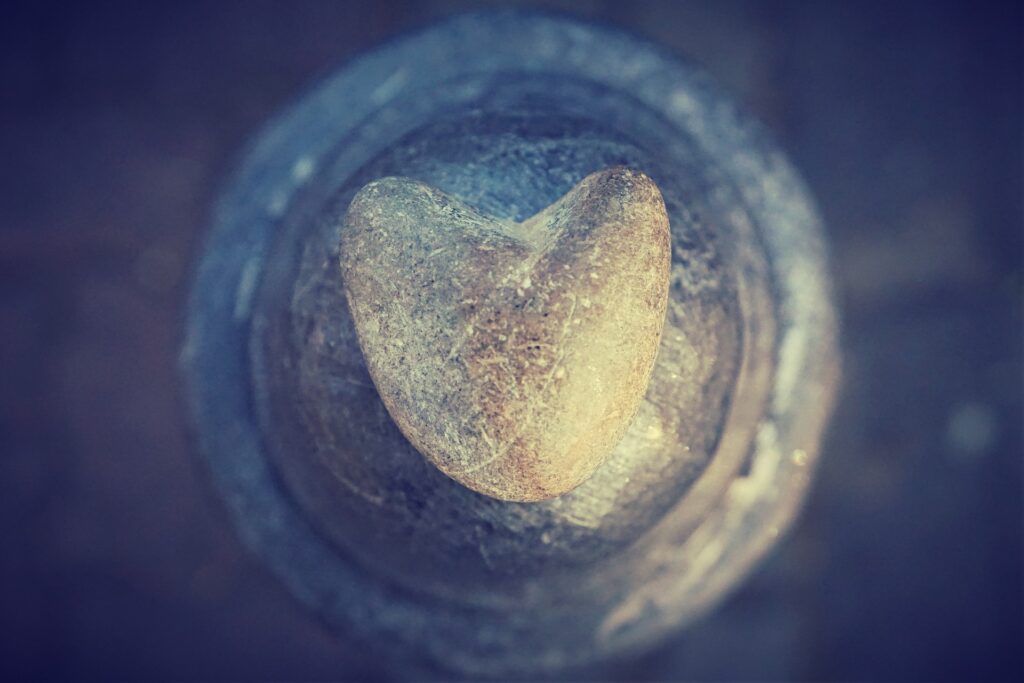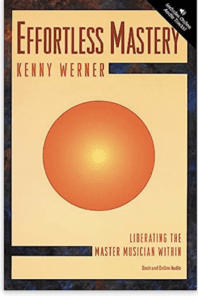We’re all creative—and can express our creative spark in endless ways.

Yet when it comes to expressing ourselves we’re often handicapped by old myths and messages, like:
- I’m not talented enough to be a…musician, artist, writer, pizza maker, or (you name it).
- I’m not good enough and will never be good enough.
- I’m not as good as…..
- If I share my writing or art or sing in public, etc., I’ll be judged and humiliated or shamed.
- They didn’t like my work. (I wasn’t noticed or didn’t win an award).
- It’s too scary to stand out or let myself be seen or heard.
- No one cares about my voice/art/writing/work, etc.
If a good friend shared one of these messages, you’d tell them not to believe it.
But when you hear one of these thoughts pounding inside your skull, it’s hard to understand it’s not real.
I speak from experience.
A bold step
Recently, I volunteered to be part of an online “Art Walk” with eight other artists. The event is sponsored by the Lorian Association, a spiritual education community. It offers the safest, judgment-free environment in which to “go public” for the first time with my art. I will be sharing seven pieces.

As part of my submission, I was asked to write an artist’s statement relating a Lorian exercise called “Touch of Love” to my creative process. I think of Touch of Love as a way of letting the energy of love flow through me into what I’m holding or doing.
It reminded me of the one tool we creators need: to hold and feel the love for what we are doing.
When we love the process, we inoculate ourselves from the old, nasty messages of comparison, judgment, and competition that can suck the life out of our work.
Losing the spark
Losing the spark of adventure and passion for our endeavors is all too common in the creative arts.
Chloe Goodchild, an international teacher who helps thousands connect to their authentic, “naked” voices, speaks about how many of us lose our singing voices early in life when we’re humiliated for how we sound.
Dana Lynne Andersen, of the Awakening Arts Academy, says that, by age ten, many children stop believing they can make art. As they are taught to make “good” or “realistic” art to please their teachers, they often lose their joy in playing and creating.

Kenny Werner, a jazz pianist and teacher writes in Effortless Mastery:
“Many people I’ve talked with say that they studied an instrument at an early age but let it go in their teens. They always express regret that they didn’t continue. But why did they stop? The answer is that the bliss of music had been filtered out of their studies.”
That’s what happened to me.
My piano teacher, Mrs. Holcomb, formally educated at the New England Conservatory of Music, was a very caring woman, yet her approach was definitely old school. She demanded discipline—and did not suffer students who came to her unprepared. I went to my lessons fearing my mistakes.

No matter how much I practiced, I never felt like I did enough. At my lessons, I sat on the piano bench and tensed up, anticipating my errors. Mrs. Holcomb stood next to me, red pencil in hand, waiting to circle any notes on my sheet music that I played incorrectly.
Years later as an adult, when I tried to play, I could still feel the red pencil ready to strike. I’d sit down at the piano and tense. My old music looked as if it had been submerged in a sea of red marks. Then, as I made the inevitable mistakes, a screw in my back would tighten sending my muscles into spasms. No wonder I gave up playing.
A better way
I plan to try to play again using Kenny Werner’s approach and invite my ego to take a break when I sit down to practice. I’ll begin by finding an empty space within where I can hear the beauty in a single note. Then, I will try lifting a finger and letting it descend on a key. I may only play for a few minutes as I learn to suspend my self-judgments and build my curiosity and listening. Hopefully, I’ll be able to practice longer when I’m able to let my love of music lift my wrists.
Hopefully, curiosity, intuition, and wonder will be my guides, replacing my need to be “good.”
I’ll let you know how it goes.

The one tool we all can use
It may sound a bit Hallmark-card-y to say love is the answer, but why else did Pablo Casals keep playing the cello at age 93? Or my friend Sara decide to learn to play the cello at age 68?
- I’m able to paint because I love to mess with color.
- I can write because I love to play with words and share ideas.
- I sing because it’s fun to hear a tone emerge from my mouth and feel the energy vibrating in my body.
When you want to pursue your creative path, try this, as I plan to do at the piano:
- To start, feel the love—not just in your mind but in your body. The love never goes away—it’s always waiting to come forth—but when we remember it, on a sensory level, we strengthen its ability to guide us. Invite your body to remember what it feels like to be consumed by awe, wonder, beauty, and caring.
- Move around. Love likes to flow, so some movement, even small, can help us from getting stuck in the mind.
- Stay hydrated. Water carries information throughout our bodies and stress dehydrates. We can support our bodies by allowing the water of life to move through us (more about this soon).
- When an old message surfaces, pause, breathe, and return to the feeling of love.
In my about-to-be-published memoir Meeting the Muse After Midlife, I describe how I discovered the ultimate plan to protect me from the harsh voices of the gremlins, the trying-to-be-useful-but-actually-defeatist team in my head.
When these purveyors of self-doubt invade my internal control center, I tell them:
“Thank you for your thoughts, but I’m doing this work because I love it.”
It always shut them up. Gremlins don’t know how to counter love.










One Response
I love this, Sally. As Elizabeth Gilbert said of the inner critic (paraphrased): You can come along, but you have to stay in the back seat. And under no circumstance are you allowed to drive.